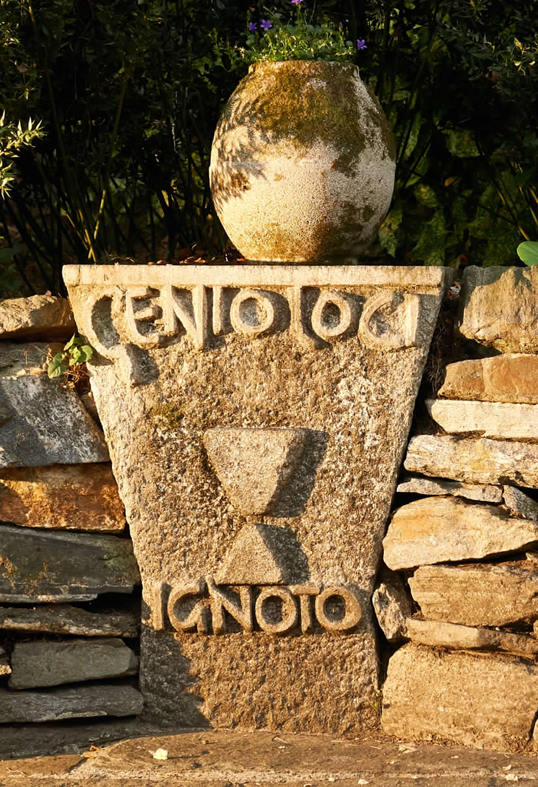
ITA ENG


A Luxurious Beauty: Knowing How to Listen to Literary Language
EJL2024-06

Lecture: A Luxurious Beauty: Knowing How to Listen to Literary Language
Lecturer: Carola Barbero (Università di Torino)
Date: Friday, November 15, 2024, 6:30 p.m.
Place: Monte Verità (Ascona), Auditorium
Cycle: Eranos-Jung Lectures 2024 - The Great Worksites of Contemporaneity. Looks at the Knots of the Present
Language: Italian
Moderator: Fabio Merlini (Eranos Foundation, Ascona / SUFFP, Lugano)
Followed by discussion with the audience and aperitif
The video recording of the conference will be viewable on the official YouTube channel of the Eranos Foundation.
Lecture Presentation
The philosophy of language has traditionally approached literature by seeing it as a verbal construct, focusing in particular on the nexus between truth and meaning. However, the impression is that approaching literature having exclusively such goals in mind does not lead to really asking of literary works what they can offer (to paraphrase a famous passage from Virginia Woolf's Second Common Reader). What happens, instead, if we try to approach literature by trying not to impose anything on it in advance? Let's let the spine take over-because although we read with our eyes and our minds, the seat of aesthetic pleasure is between our shoulder blades (as Vladimir Nabokov explains)-and indulge in the experience of literary language in all its luxurious beauty (without, however, forgetting what it means and what we can learn from it) by asking questions about point of view, style, translation, and emotions.
Lecturer' Bio-bibliography
Carola Barbero teaches Philosophy of Language and Philosophy of Literature at the University of Turin. Her research interests include empty names, the metaphysics and ontology of fictional entities, emotions, the paradox of fiction, the phenomenology of reading, and the distinction between literary and ordinary language. She was a visiting researcher at the University of Auckland (2007) and a visiting professor at ETH Zurich (2020). She was a member of the steering committee of the Italian Society of Analytic Philosophy (2010-2012). She is the author of numerous articles published in international journals. Her books include Madame Bovary: Something Like a Melody (2005), Chi ha paura di Mister Hyde? (2010), La biblioteca delle emozioni (2012), Filosofia della letteratura (2013), L’arte di nuotare (2016), Significato (with S. Caputo, 2018), La porta della fantasia (2019), and the most recent Quel brivido nella schiena. I linguaggi della letteratura (2023).
--
The Foundation wanted to question some leading figures in today's cultural world, asking them to present the projects and issues on which they are working. The idea is to bring into dialogue at a distance qualified gazes on the nodes of our present, to highlight their risks, opportunities, and prospects. Not, of course, to listen to the last word on what is happening today, but rather to enter their laboratories of thought and try to focus on a kind of ongoing geography of the present time: to orient ourselves, to find ourselves, to map out possible virtuous paths-despite the disorientation and uncertainty that characterizes us, in an age that is very rich in technological resources, but very poor in future perspectives. Rather than inviting them to reflect on a guiding theme, as is the Eranos-Jung Lectures usual practice, we wanted to offer the lecturers the chance to present to the audience the issues they are working on, to see how the gaze on an object is constructed, through what sensibility, what concerns, what desire for understanding, and what method. And, of course, what passion. It will be a journey that will allow us to visit some “great worksites of contemporaneity” dedicated to different thematic areas: i.e., the state of health of our democracies; the fate of the “book” object and interiority in the time of endless distraction and social media; the reality of the metaverse, the overcoming of the human, and the resources of mysticism; the sonic perceptive in a society that continually solicits the sense of hearing; the solitude of the artist in the glittering world of the commodification of creativity; the drifts of the divine; and the meaning of making culture. In essence: a journey outside and inside ourselves.